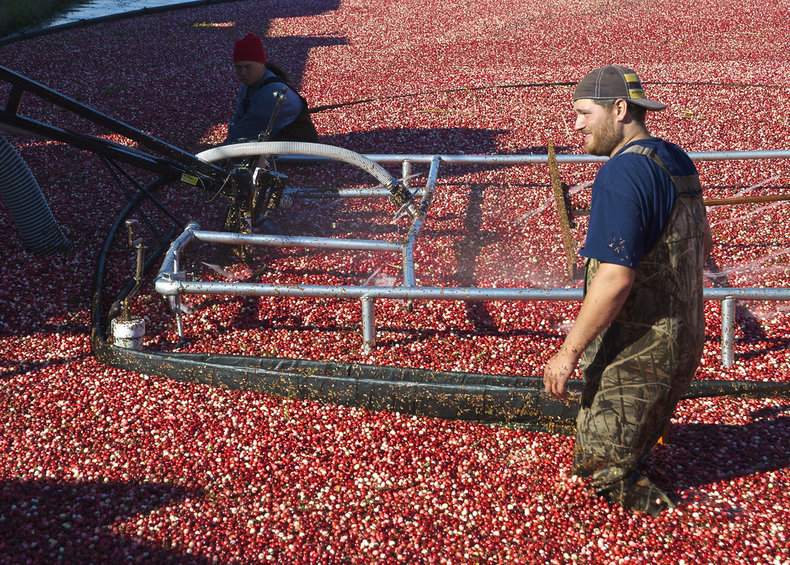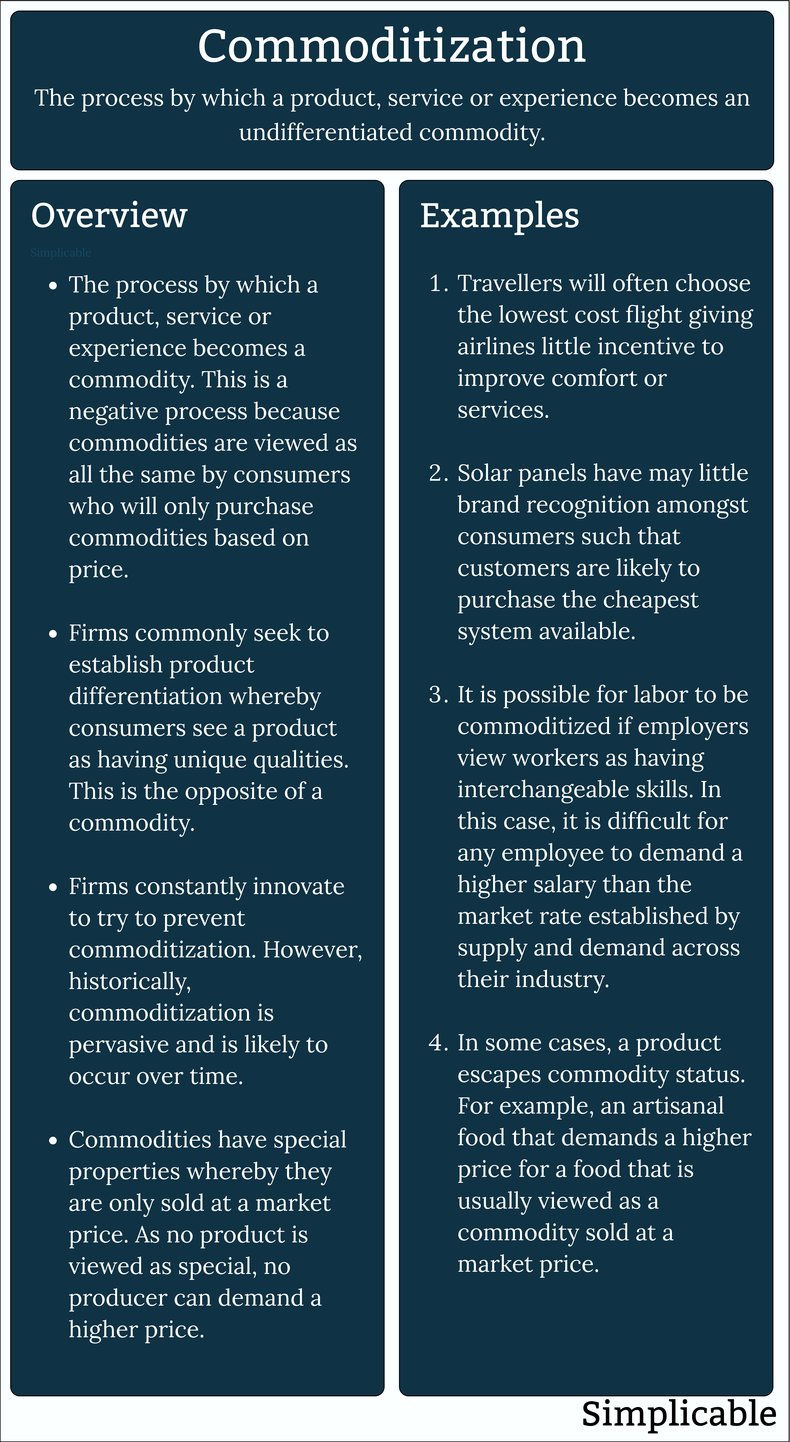
Technology
A new and innovative technology may command a high price as long as customers remain interested in new features and improvements. If customers lose interest, the product becomes a commodity that people purchase on price alone. For example, between 1975 and 1985 videocassette recorders were reasonably expensive with prices approaching $1000. There was a significant price difference between models with customers paying significant premiums for advanced features. By the 1990s, prices had fallen dramatically to the $50 to $100 range with marginal differences between top brands and generic equivalents.Food
Agricultural products are typically viewed as a commodity. However, it is possible for farmers to command premium prices by marketing food of superior quality. For example, grapes for wine making aren't considered a commodity as some terroirs command a significant price premium.Services
As with products, services are commoditized when consumers purchase primarily based on price. For example, economy seats on flights are commoditized such that customers are willing to fly lower cost airlines despite lower quality. This gives airlines little incentive to improve their services as customers keep booking based on price even if customer service or safety is lacking.Fashion
Fashion faces commoditization pressures as fast fashion firms identify fashion trends and get them to market quickly at a low price. In many cases, fashion brands are able to command high prices based on brand legacy and brand image that give the brand social status that some customers value.Data
Data can be easily and cheaply stored, transferred, copied, modified and processed. As such, it has a tendency to be quickly commoditized. For example, firms once invested large sums in market research whereby they engaged consumers to understand elements such as customer needs and perceptions. Such specialized initiatives can be replaced with commodity offerings such as software that attempts to extract such information from social media data.Labor
Labor is commoditized when employers see little difference between workers with a particular skill set. This prevents labor from commanding a high salary or having much influence over their employer to demand better working conditions. When a new skill emerges such as software development in the 1960s, employers may initially view such labor as unique and high value with a difference between the skill level of workers. However, with time as more people obtain the skill some employers start to view it as a commodity and make hiring decisions based on salary as opposed to differences between candidates. Labor that is commoditized is often referred to as human capital while labor that isn't commoditized can be described as talent.Knowledge
Knowledge is information as it exists in the human mind. This can be highly valued such as an executive that receives extremely high pay for their industry knowledge. With time, certain types of knowledge can become commoditized. For example, if there are a large number of people with a PHD in a particular subject employers may begin to view such knowledge as interchangeable.Summary
A process by which a previously differentiated product, service or experience becomes a commodity whereby all producers must accept a market price.
| Overview: Commoditization | ||
Type | ||
Definition | The tendency for products and services to become a commodity over time. | |
Related Concepts | ||


































